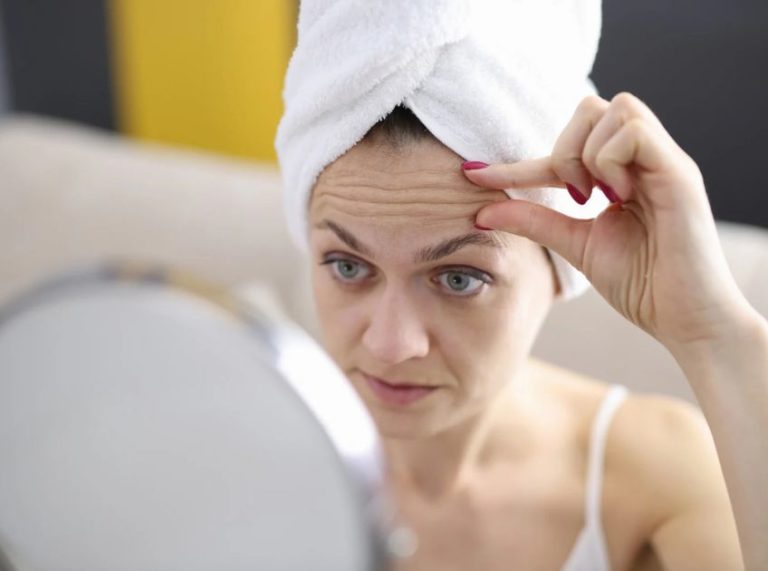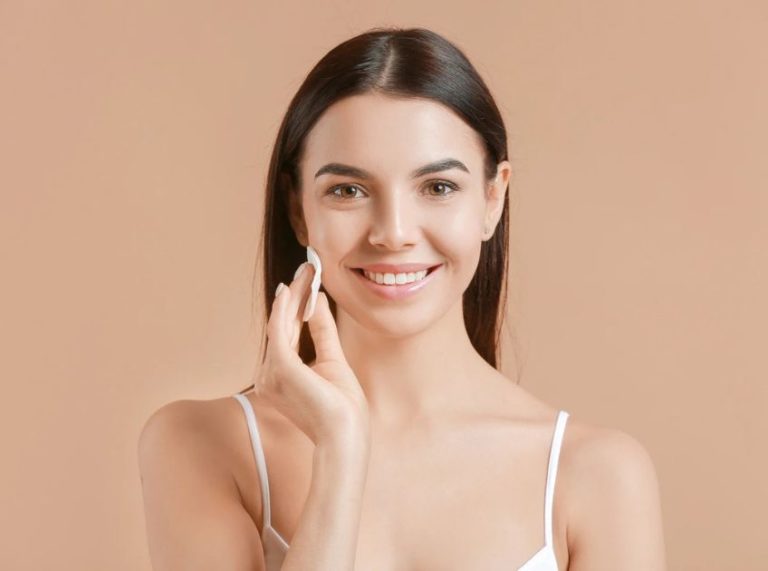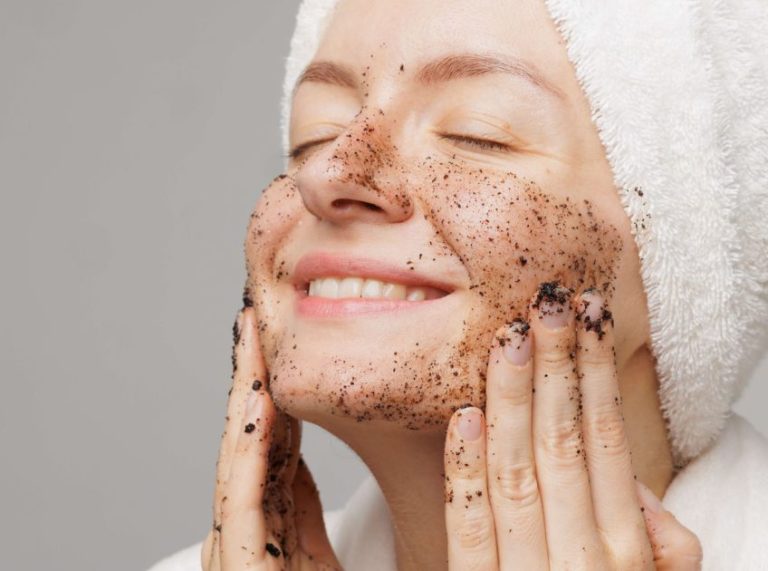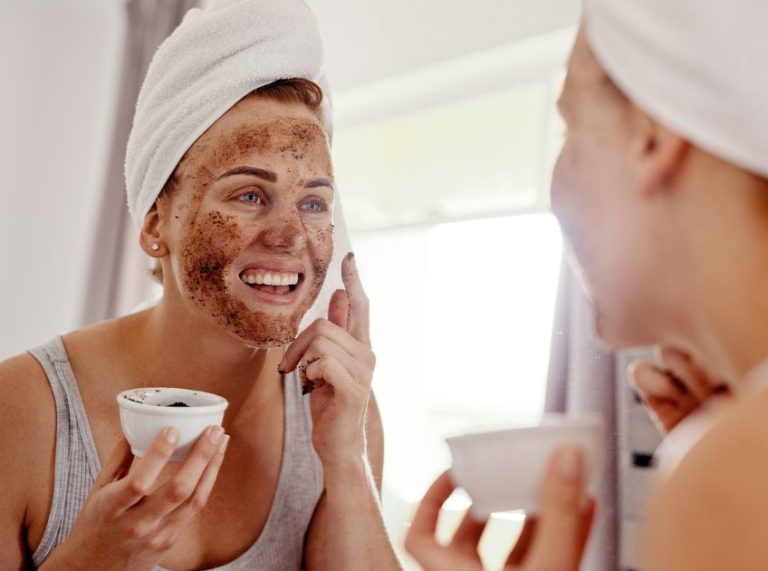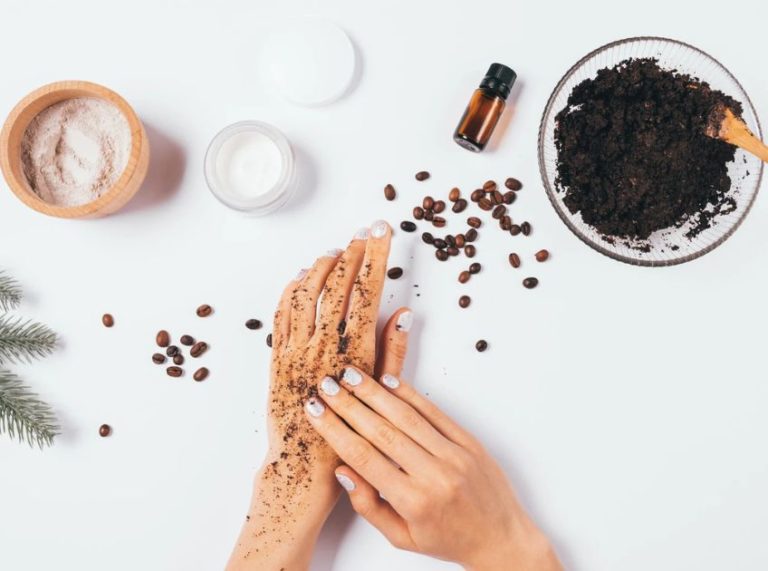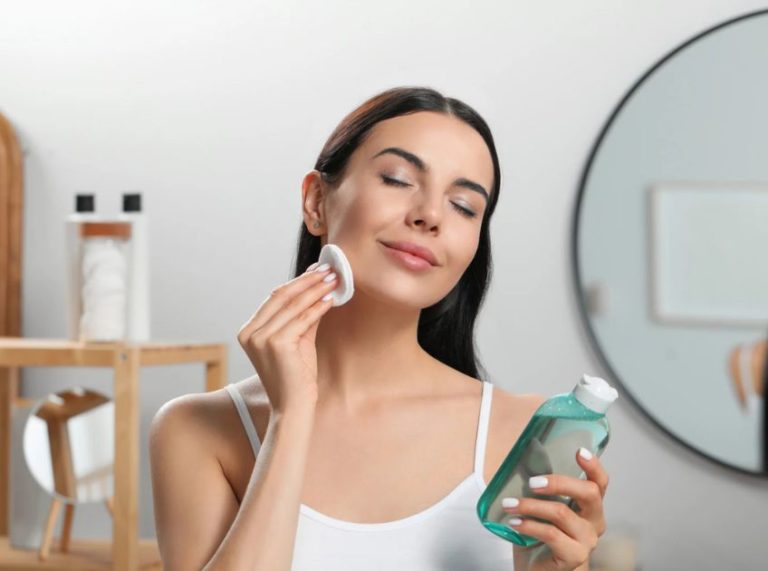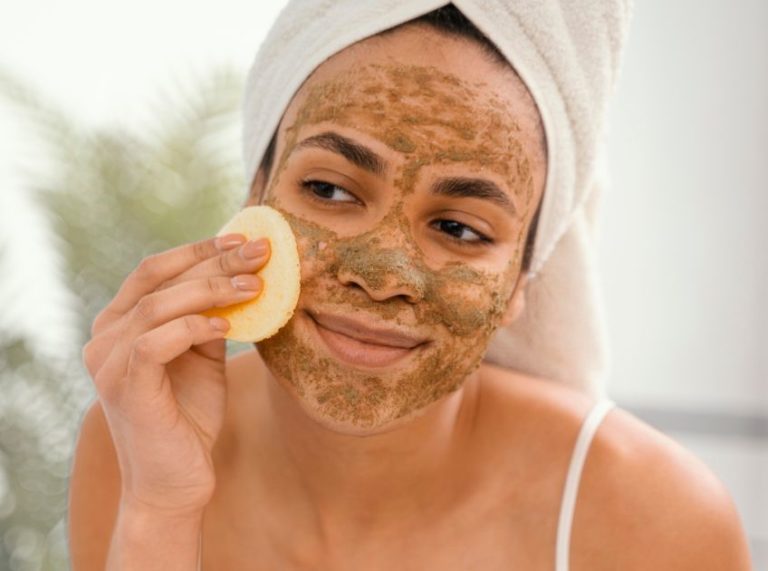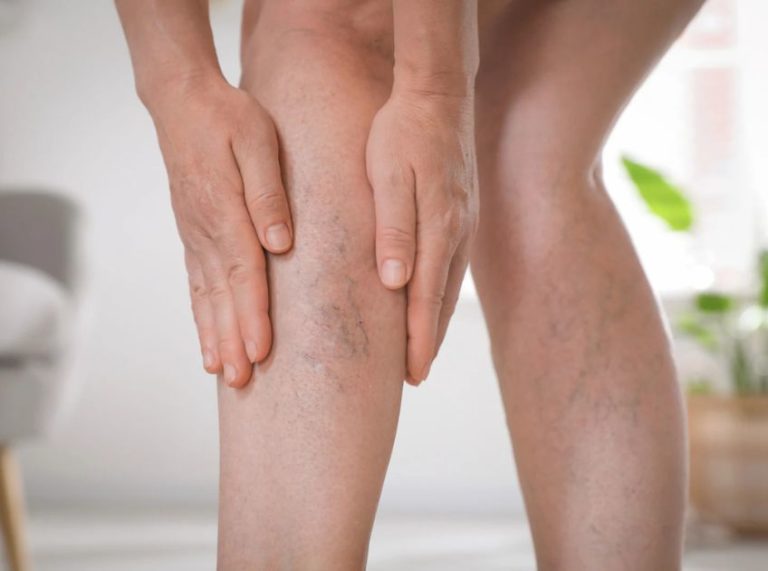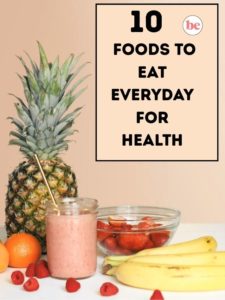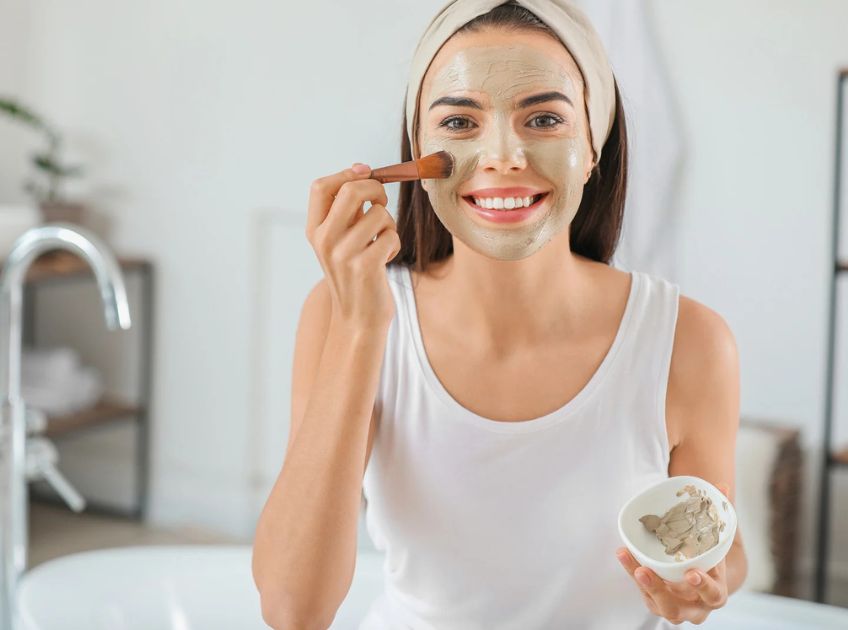
Important: This article is for informational purposes only. Please read our full disclaimer for more details.
Red, irritated skin can be frustrating — whether it’s caused by sun exposure, acne, dryness, allergies, or sensitivity. While over-the-counter creams exist, sometimes the best solutions are right in your kitchen. Using natural, skin-calming ingredients, DIY face masks can help reduce redness, ease irritation, and restore your skin’s healthy glow.
The Science Behind These Calming Ingredients
Numerous studies support the effectiveness of these natural remedies:
- Aloe vera has been shown to significantly reduce redness and swelling due to its anti-inflammatory compounds (1).
- Colloidal oatmeal is FDA-approved as a skin protectant and has proven benefits for soothing eczema and irritation (2).
- Green tea catechins have strong anti-inflammatory and antioxidant properties, making them ideal for sensitive skin (3)(4).
These natural ingredients don’t just feel soothing — they’re backed by dermatological science.
3 DIY Face Masks for Redness & Irritation
1. Aloe Vera & Green Tea Calming Mask
Best for: Sunburns, post-acne redness, and general skin inflammation
Ingredients
- 2 tablespoons fresh aloe vera gel (or pure store-bought)
- 1 tablespoon cooled green tea (freshly brewed)
Step-by-Step Method
- Brew a cup of green tea and let it cool completely.
- In a clean bowl, mix aloe vera gel with 1 tablespoon of cooled tea.
- Stir until the mixture forms a smooth, lightweight gel.
- Apply a thin, even layer across your face using clean fingertips or a brush.
- Leave it on for 15–20 minutes to allow full absorption.
- Rinse with cool water and pat dry with a soft towel.
Why It Works
- Aloe vera contains aloin and polysaccharides that naturally calm inflammation, hydrate skin, and reduce redness.
- Green tea is rich in catechins and polyphenols, powerful antioxidants that protect skin cells from free radical damage and help reduce irritation.
Tip: Keep aloe vera gel refrigerated for an extra cooling effect — especially useful for sunburns and heat-induced redness.
Precautions
- Always use pure aloe vera gel without added alcohol or fragrances to avoid irritation.
- Skip this mask if you have plant allergies, particularly to aloe.
2. Oatmeal, Yogurt & Honey Soothing Mask
Best for: Redness caused by dryness, eczema, irritation, and sensitive skin
Ingredients
- 2 tablespoons colloidal oatmeal (finely ground oats)
- 1 tablespoon plain, unsweetened yogurt
- 1 teaspoon raw honey
Step-by-Step Method
- Grind oats into a fine powder if not using colloidal oatmeal.
- Mix oatmeal, yogurt, and honey in a bowl to form a creamy paste.
- Apply generously to clean skin, avoiding harsh rubbing.
- Leave the mask on for 20 minutes to let the ingredients soothe the skin.
- Rinse with lukewarm water and gently pat dry.
Why It Works
- Colloidal oatmeal contains beta-glucans and avenanthramides, compounds proven to reduce inflammation, itching, and redness.
- Yogurt is rich in lactic acid and probiotics, which restore the skin barrier and maintain pH balance.
- Honey has natural antibacterial and anti-inflammatory properties, helping to prevent flare-ups and promote healing.
Tip: If your skin is extremely dry or eczema-prone, replace yogurt with unsweetened coconut milk for a more hydrating, gentler formula.
Precautions
- Avoid flavored or sweetened yogurt, as additives may worsen irritation.
- Skip honey if you have known pollen allergies or skin sensitivities.
3. Cucumber, Honey & Aloe Cooling Mask
Best for: Heat-induced redness, puffiness, rosacea flare-ups, and tired-looking skin
Ingredients
- ½ cucumber (peeled and blended)
- 1 teaspoon raw honey
- 1 tablespoon fresh aloe vera gel
Step-by-Step Method
- Peel and chop the cucumber, then blend it into a smooth puree.
- Mix in honey and aloe vera gel until well combined.
- Chill the mixture in the fridge for 10 minutes for an extra cooling sensation.
- Apply a generous layer to your face and leave it on for 15 minutes.
- Rinse with cool water and enjoy refreshed, hydrated skin.
Why It Works
- Cucumber is 95% water, providing instant hydration while natural antioxidants like caffeic acid and vitamin C fight redness.
- Honey locks in moisture and reduces irritation.
- Aloe vera enhances the mask’s soothing and healing effects, making it perfect for sensitive or overheated skin.
Tip: Store leftover cucumber puree in the fridge and apply chilled slices directly to rosacea-prone areas for quick relief.
Precautions
- Always wash cucumbers thoroughly to avoid pesticide residue.
- If you have rosacea, test on a small patch first, as raw honey can sometimes trigger sensitivity.
Frequently Asked Questions (FAQ’S)
1. How often should I use these masks?
A. You can safely use these calming masks 2–3 times per week, but if your skin is extremely sensitive, start with once a week to see how it reacts.
2. Can DIY masks replace medicated creams?
A. Not always. While DIY masks help reduce mild redness and irritation, chronic conditions like rosacea, eczema, or dermatitis may require dermatologist-prescribed treatments.
3. Should I do a patch test before applying?
A. Absolutely! Always test a small amount behind your ear or on your wrist to rule out potential allergic reactions, especially if you have sensitive skin.
Final Thoughts
DIY face masks can be an effective, affordable, and natural way to soothe redness and irritation. With ingredients like aloe vera, oatmeal, cucumber, and green tea, you can give your skin the hydration and care it deserves. However, remember that consistency is key, and severe or persistent redness should be checked by a dermatologist.
